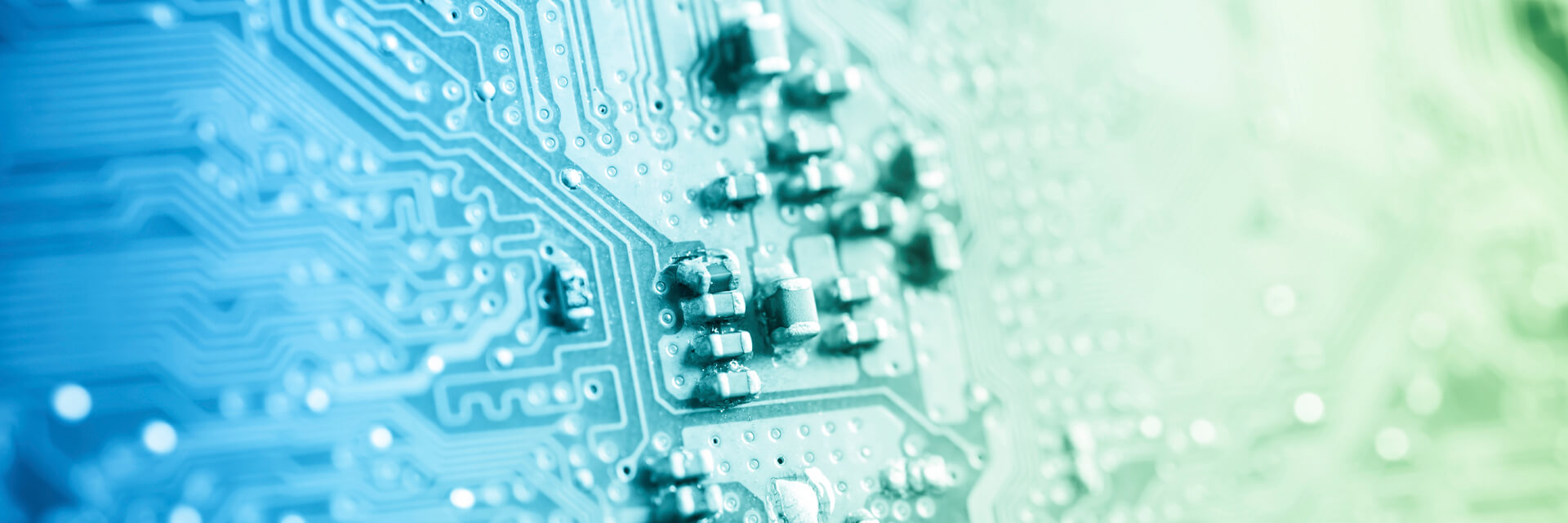
Wearable Health Technology
- Published
- May 22, 2015
- Topics
- Share
While the smartphone remains the device of consumers’ choice, wearable technology remains a potentially lucrative market. Smart watches, Google glasses, smart clothing and so-called fitness bands are all examples of wearable technology, sometimes called wearable computing. Last year, nearly 8 million wearable devices were sold and the growth rate was more than 200% over the prior year.
Some analysts predict that, by 2018, the overall number of wearable devices shipped to consumers may reach 130 million.
Right now, health wearables are a small but growing segment of the overall world HealthIT market, which is expected to grow from $100 billion in 2010 to $162 billion in 2015.
Most of the HealthIT device market currently consists of point of care information systems, specialty care information systems (cardiovascular information systems, oncology information systems), and surgical and intensive care information systems.
What Is the Potential of Wearable Health Technology?
Most of us are competitors by nature, and we spend too much time managing our fantasy teams and following our favorite teams. Imagine the interest in competing not only against our friends who are trying to lose weight or lower cholesterol levels, but also against a larger group of individuals who are members of your health plan or who share a similar health condition. Patient advocacy groups are already aligning their communities.
A simple example of wearable technology used today in a gamification model is pedometers. To encourage healthy lifestyle choices during “busy season” here at EisnerAmper, we form teams and rack up scores by using pedometers to track individuals’ steps during the day. These scores are tallied and team scores kept. Eventually, we hand out prizes for teams and team members. In this way, our program demonstrates a potential usage of wearable technology. Pedometers recorded the number of steps taken; the results were aggregated, computed and stored; and the outcomes were communicated.
Using fitness bands and other devices, patients can now continuously monitor activity, sleep patterns, body temperature, heart rate, and more. At the 2014 Consumer Electronics Show in Las Vegas, LG, Sony, and Garmin introduced devices that track everything from a patient’s O2 saturation to heart rate and blood pressure.
Smart clothing is the latest innovation, providing an ability to sense and record all kinds of health data. One day, health plans might offer incentives to members willing to sign up for designated wearable health programs and join in the "game." Already, Walgreen’s collects fitness data from trackers and consumers amass points that can be turned in for cash. Apple’s smartwatch can sense, monitor and report heart rate and activity.
Growing the volume of data collected has the potential to broadly improve population health – and the algorithm experts can’t wait for the volumes of data to arrive.
Building the Wearable Universe
The eco-system to support the dev
elopment of wearables is forming in a significant way. A prime example is Wearable World, located in the Palace of Fine Arts/Innovation Corridor in San Francisco. Wearable World’s co-founders Redg Snodgrass and Kyle Endicott have created a leading global community to aid entrepreneurs in developing their technologies and connecting to the consumer brands.
The wearable applications are seemingly endless, and one of their first entrepreneurial companies used crowd funding to support their product development. With support systems and funding possibilities, we can expect wearable technologies to be generated at incredible speeds, and be just one of many HealthIT technologies that will drive this industry’s growth.
To be fair, consumers are only slowly warming to the wearable HealthIT technology and while many have purchased the devices, many have also stopped using them relatively quickly after purchase. Usability of the data and creating actionable items is a challenge.
Other challenges must also be met. For instance, the value of the information captured by these devices is great if we can first capture and then subsequently aggregate and analyze the data to gain knowledge that will help us improve health. With the data collected, data analytics can be used to establish feedback loops for large patient populations and consumers alike.
Still, overall, the HealthIT wearable segment has shown promise and is likely to expand and grow in importance in the coming 3 to 5 years.
Contact EisnerAmper
If you have any questions, we'd like to hear from you.
Receive the latest business insights, analysis, and perspectives from EisnerAmper professionals.







